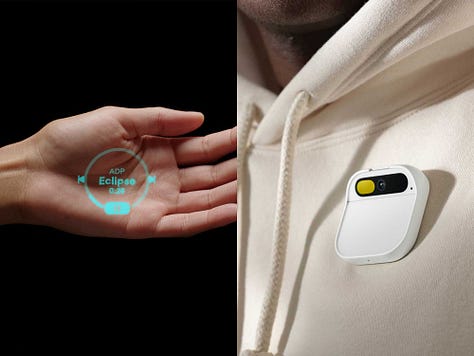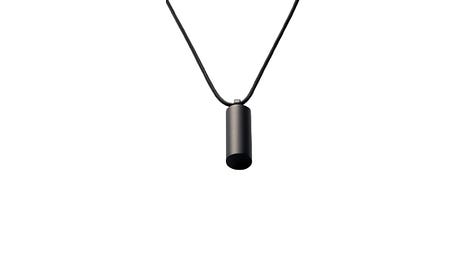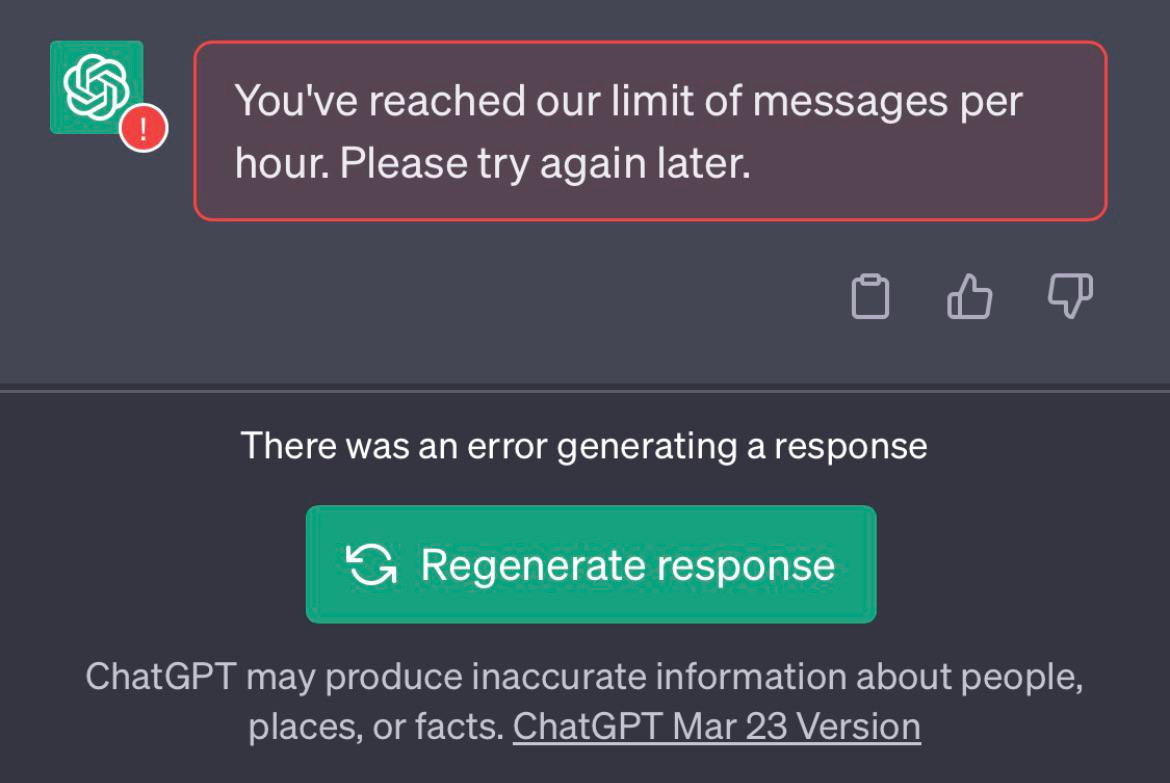Pardon a tiny interruption: if you’re in Brisbane, Australia, in early March, join me for the launch of my newest book, The Economy of Algorithms: AI and the Rise of the Digital Minions. Find out more and register here. Other locations and countries will be announced here soon!
Disrupting from the bottom
When the late Prof. Clayton Christensen introduced the term “disruptive innovation”, the realisation that disruptive market entrants start at the low (least profitable, often not-meeting-expectations-yet) end of the market paved the way for many entrepreneurial ideas.
It makes sense—almost every single business innovation (Christensen initially wrote about disruptive technologies and later shifted toward disruptive innovation, acknowledging the importance of business models) started as something clunky, not good enough, or barely good enough (in 2009, we talked about the “good enough revolution”).
Case in point—some of us still remember the clunky Twitter with its blue whale, a common sight in 2007 and 2008.

We were reminded about it again in the first months of ChatGPT through its frequent and often unexpected stutters, pausing the processing of prompts for several hours—the blue whale moment of ChatGPT.
AI-first hardware
In a recent keynote, I gave to open a large enterprise software conference, I explored the future of Artificial Intelligence through the metaphor of gears in a car transmission. Long story short, we are at gear three, and I am expecting gear four to be focused on AI-first consumer hardware. If my prediction is correct, we should expect a lot of such hardware to start entering the market in the coming months.
And according to Christensen’s theory, much of it will be subpar. Clunky. Barely good enough.
Exhibit one: Humane AI Pin, a standalone device to replace your phone, projecting messages onto the palm of your hand. Exhibit two, the Rewind Pendant: a Black Mirror-like device constantly recording everything around you and transcribing your life. Exhibit three, Rabbit R1: a device that learns how you use your phone’s app and does that for you.



They’re all clunky, barely good, hard/impossible to get. Let’s focus on R1. In its creators’ mind, it’s supposed to be able to use your phone’s apps, like a friend you could give your phone to. Ask it to perform a task, and it will use one or more of your apps to do it. (It’s slightly more complex than that: R1 uses its cloud servers to connect to the web services of your apps, but this is irrelevant here.)
I have no idea whether any of these three exhibits will be successful. My honest thoughts: Humane AI Pin demos seem faked, and no one will want a camera and microphone constantly attached to their lapel; plus, their subscription model is not compelling for early adopters. My Black Mirror reference to Rewind Pendant makes it clear (if not, watch “The Entire History of You”): it’s a surveillance device that will cause more problems than we can imagine. I am curious about Rabbit R1. I want to give it a spin, but I don’t think I’d be using it daily just yet.
But it doesn’t matter what I think!
The peak of inflated expectations
Curious about R1, I found this TikTok video demonstrating how R1 engages in a conversation and explains “what’s the best way to eat this” when shown a tray of foods (“an artisanal entertaining platter”). After a 20-second pause (bear with me), it gives a decent description of what it sees, suggests some additional condiments to add, and wishes the user to enjoy their meal.
I’ve watched it and was in awe. Perhaps because I understand how hard it is to pull off something like this: computer vision, object detection and recognition, speech recognition, discourse analysis (yes, I get it, LLMs make it easier), web lookups, text summarisation, speech synthesis…
Just five years ago, achieving such an end-to-end scenario would be impossible. Only two years ago, such a device in the hands of a consumer would be unimaginable. In many ways, this demo feels like what I read about in science fiction books when I was a kid.
But we get used to the magic of AI. What was mindblowing 12 months ago has become a hygiene factor now. There’s an entire Twitter thread dissing the R1 video (over a million views), and everyone is focusing on the 20-second lag. Scroll the answers for yourself; here are some of my highlights: “That is so unimpressive”, “😂 this is what you guys all paid for?”, “Lol, i can probably google it or think it out in that time..”, “Google lens would give 100x faster result. This is unusable”, “Food will get cold by the time it gets back to me” (I am confused by this point: IT’S A COLD PLATTER!).
For a few brief months, AI surpassed our expectations: it was the ChatGPT moment a year ago. Now, our expectations are surpassing what the technology can deliver. This is dangerous and might lead to the next AI winter, despite the amazing progress of the last years.
Time to reset expectations
When new ideas emerge, it’s natural for them to fall short of our expectations. This is the unspoken pact we make with the future: to allow it space to stumble and grow.
When we rush to criticise these disruptive innovations, regardless of their future success, it reveals less about their shortcomings and more about our impatience for perfection. Patience is necessary for progress.
The path to success is often paved with imperfection and incompleteness. And that’s OK. Some will improve over time; let’s not dismiss them too early. And others… well, they won’t and will end up somewhere in the internet graveyard (like the “Killed by Google” website), reminding us that we get to a select few that succeed through patient exploration of hundreds of innovative ideas.
As soon as I can get my hands on Rabbit R1, I will start experimenting with it. And I promise I’ll be OK with the 20-second wait! I hope you’ll have a similar mindset with any AI innovation you might come across.






